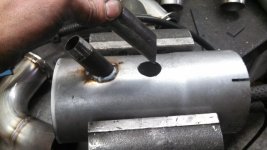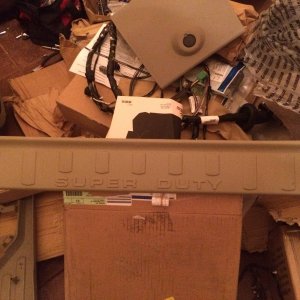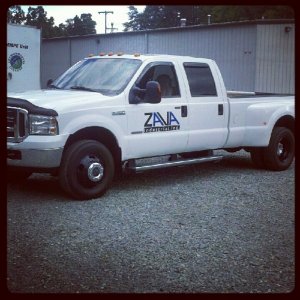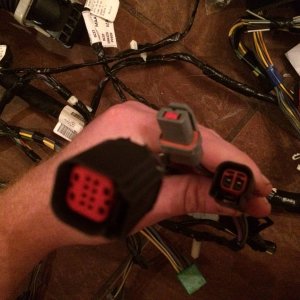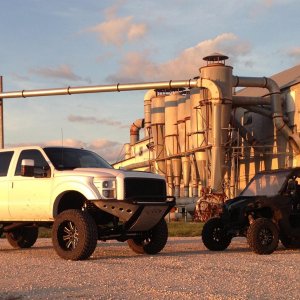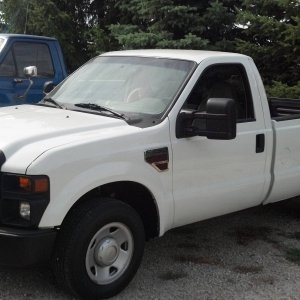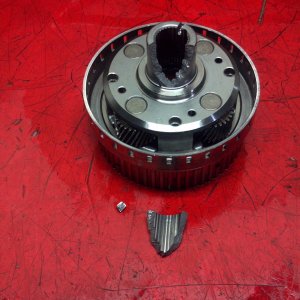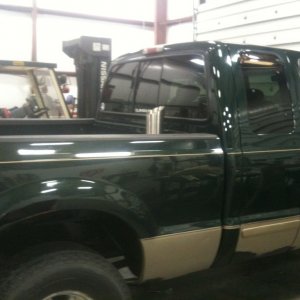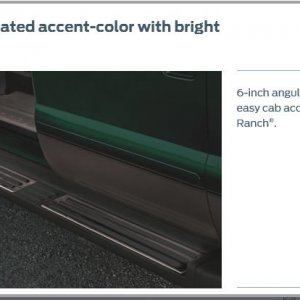griz700rocket
Member
CCV mod is on my to do list and would like to open air it but my girl will complain about the smoke/smell I'm sure. So I'm looking for any info about dumping it into the exhaust. Having it dump into the exhaust would hopefully blow the smell away from the truck and also if correctly designed keep a slight vacuum on the CCV like it has when ran into the intake. This should help with oil leaks that have been reported when dumping directly to atmosphere.
I have a DPF/Cat delete pipe sitting in the shop waiting on my tuner to arrive and I'm thinking this would be a great time to weld a bung into it to connect the CCV to.
On my dad's 7.3 we have it ran to the back bumper and dumped to atmosphere and if this works on my 6.4 he's wanting to do the same as the haze coming from it get's a lot of looks when you're tooling around town.
I've found a few pictures of this online but I'm looking for details on size of bung, angle of bung and any other specifics to keep a slight vacuum on the CCV. Thanks in advance.
I have a DPF/Cat delete pipe sitting in the shop waiting on my tuner to arrive and I'm thinking this would be a great time to weld a bung into it to connect the CCV to.
On my dad's 7.3 we have it ran to the back bumper and dumped to atmosphere and if this works on my 6.4 he's wanting to do the same as the haze coming from it get's a lot of looks when you're tooling around town.
I've found a few pictures of this online but I'm looking for details on size of bung, angle of bung and any other specifics to keep a slight vacuum on the CCV. Thanks in advance.

